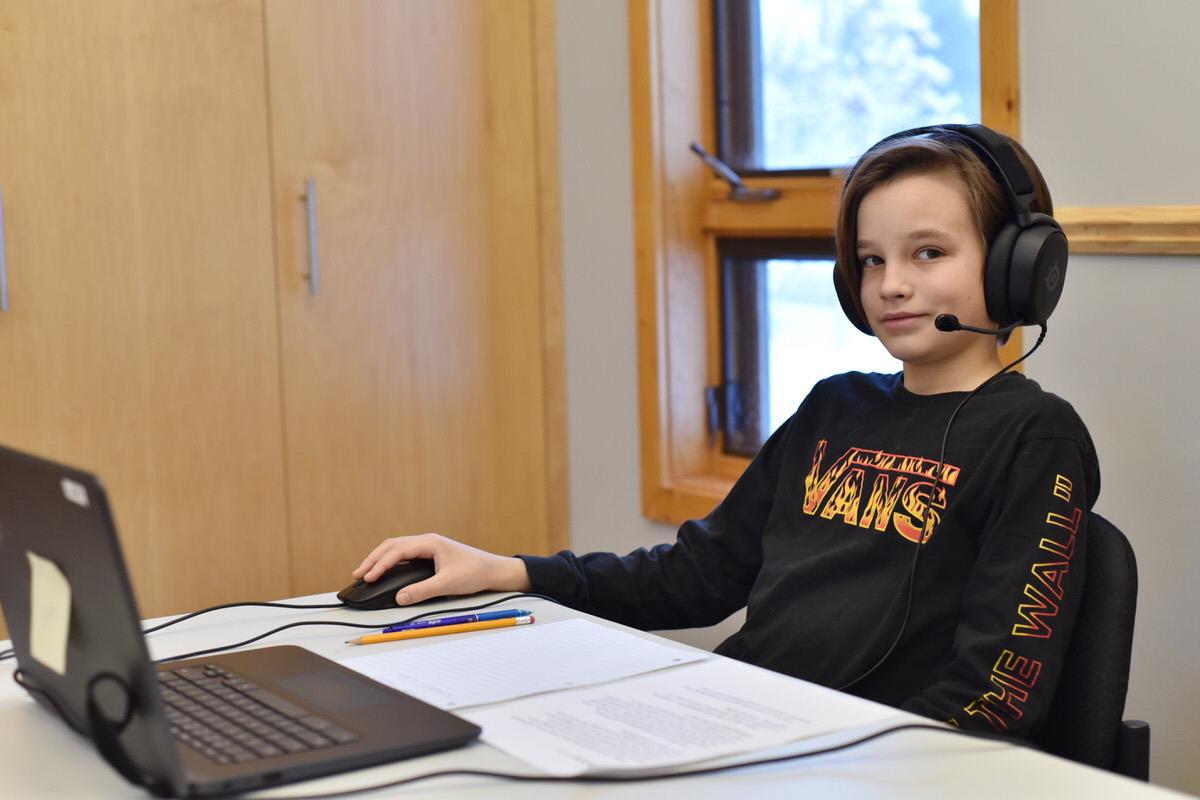Posts from July 2025 (Return to Blog home)
by Trisha Short
Wednesday, July 30, 2025
Read below for some tips for parents, assembled by our Mental Health Consultant, Trisha Short, MA, LPC, IMH-E (II), on how we can protect our children from the hidden risks of overuse and ensure they develop a balanced, safe relationship with technology.
Tips for Parents
1. Set Age-Appropriate Limits (AAP & WHO Recommendations)
- Under 2 years: Avoid screen time, except for video chatting.
- Ages 2–5: Limit to 1 hour per day of high-quality content, co-viewed with a caregiver.
- Ages 6 and up: Set consistent limits that ensure screen time does not interfere with sleep, physical activity, or face-to-face interactions. Source: American Academy of Pediatrics (AAP), World Health Organization (WHO)
2. Create a Family Media Plan
- Develop a customized plan with your child that outlines when, where, and how screens can be used (e.g., no phones at dinner or during homework).
- Involve kids in the process to foster cooperation and responsibility. Source: AAP’s Family Media Plan Tool (HealthyChildren.org)
3. Prioritize Face-to-Face Interaction
- Human interaction, especially with caregivers, is critical for language development, emotional regulation, and social learning.
- Make screen-free time a priority for play, meals, and bedtime routines. Source: Harvard University’s Center on the Developing Child
4. Model Healthy Screen Use
- Children are more likely to follow screen rules when parents also practice mindful phone use.
- Be conscious of “technoference”—when parent phone use interferes with bonding or responsiveness. Source: Journal of Child Development (2017): Parental distraction impacts child behavior and emotional development.
5. Establish Device-Free Zones
- Make bedrooms, dining areas, and family spaces screen-free zones to encourage better sleep and deeper connection.
- Using a charging station outside the bedroom reduces nighttime temptation for both kids and parents. Source: Sleep Foundation & AAP studies on tech and sleep
6. Co-View and Talk About Content
- Watch or use apps with your child whenever possible. Ask questions and encourage discussion.
- Co-viewing turns passive screen time into active learning and helps you gauge what your child is consuming. Source: Common Sense Media research
7. Use Tech to Manage Tech
- Use built-in parental controls and screen time trackers (like Apple's Screen Time or Google Family Link) to monitor and limit usage.
- Set app limits and downtime schedules to help enforce boundaries. Source: Pew Research Center & Child Mind Institute
8. Encourage Screen-Free Alternatives
- Promote physical play, reading, hobbies, and creative activities to naturally reduce screen dependence.
- Boredom can be a good thing—it fosters creativity and resilience. Source: Journal of the American Medical Association (JAMA Pediatrics)
9. Discuss Digital Citizenship & Online Safety
- Talk regularly about privacy, respectful behavior online, and the permanence of digital footprints.
- Teaching digital literacy is just as important as limiting time. Source: Common Sense Education & Psychology Today
10. Be Flexible, Not Fearful
- Not all screen time is harmful—quality, context, and balance matter most.
- Strive for “tech-intentional” rather than “tech-fearful.” Use screens to support your child’s growth, not substitute for it. Source: Digital Wellness Lab at Boston Children’s Hospital
